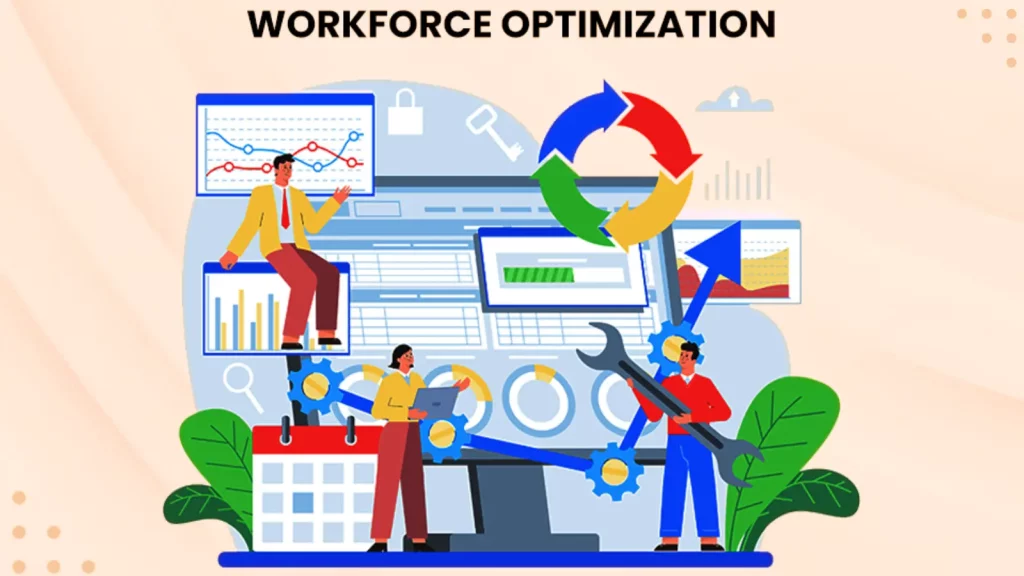Best Practices for Workforce Optimization in Retail
Best Practices for Workforce Optimization in Retail
Blog Article
The Benefits of Workforce Optimization in Manufacturing
In the fast-paced world of retail, efficiency is key. Suppliers continually find themselves managing customer satisfaction with operational costs. One of the very best ways to do this stability is through workforce optimization. This process not only improves productivity but additionally guarantees personnel are employed and motivated. In that post, we'll explore the best practices for workforce optimization in retail, giving useful recommendations that can support retailers increase their potential.
Leveraging Technology for Arrangement
Effective scheduling is the backbone of workforce optimization. Modern arrangement application can estimate active intervals using historic knowledge, ensuring that the proper amount of staff are available when required most. That reduces equally overstaffing and understaffing, primary to raised customer support and paid off work costs. Retailers should purchase effective arrangement programs to streamline this process.

Teaching and Development
Buying employee education and progress is essential for workforce optimization. Well-trained personnel are more successful and better equipped to take care of a number of projects, from customer support to stock management. Regular training sessions keep skills sharp and add new practices or systems that could further increase productivity.
Real-Time Knowledge Operation
Using real-time data can somewhat increase workforce optimization. By checking revenue, base traffic, and worker efficiency in real-time, managers may make educated choices on-the-fly. That speed makes for immediate adjustments, ensuring that assets are employed effectively and effortlessly at all times.
Worker Engagement
Engaged workers are more successful and less inclined to leave. Merchants must concentrate on creating a good work place, offering aggressive wages, and recognizing employee achievements. Standard feedback sessions and possibilities for career improvement may also increase well-being and lower turnover rates.
Cross-Training Staff
Cross-training personnel to handle numerous roles can considerably enhance workforce flexibility. This practice guarantees that team may protect for every different throughout peak occasions or absences, sustaining easy procedures without the necessity for extra hires. In addition, it maintains the workday various and intriguing for workers, that may improve job satisfaction.

Implementing Performance Metrics
Clear efficiency metrics help in assessing the efficiency of workforce optimization strategies. Metrics such as for example sales per hour, client satisfaction scores, and stock turnover rates give important ideas in to employee productivity and over all store performance. Often reviewing these metrics enables managers to spot areas for development and implement required changes.
Conclusion
Workforce optimization is a multifaceted approach that includes technology, education, data usage, and worker engagement. By adopting these most readily useful techniques, suppliers can not only increase operational efficiency but in addition develop a more encouraged and effective workforce. That harmony finally brings to better client experiences and improved profitability. Start employing these methods nowadays to open your retail potential.
Report this page